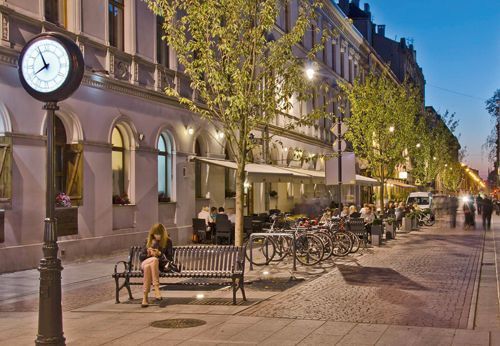Why should this be? The idea behind woonerfs [pronounced ‘vonherf’] involves a significant reduction in car traffic and giving the right of way for the urban space over to pedestrians. The consent of local authorities and motorists for such schemes can, therefore, be very difficult to obtain. For many it is a concept alien to Polish traditions for designing urban space – and many people are sceptical about the benefits of it. As a result, the number of such projects carried out so far in Poland is less than impressive. “In my opinion, the reason why this kind of scheme has failed to take off stems from the Polish mentality. Poles love cars and convenience. The majority of us would like to travel fast. So the woonerf concept might initially seem to be very unattractive, even though parking spaces are usually created within their limits. However, from what I have seen, wherever the development of woonerfs was a conscious and well thought-out move, the satisfaction































































